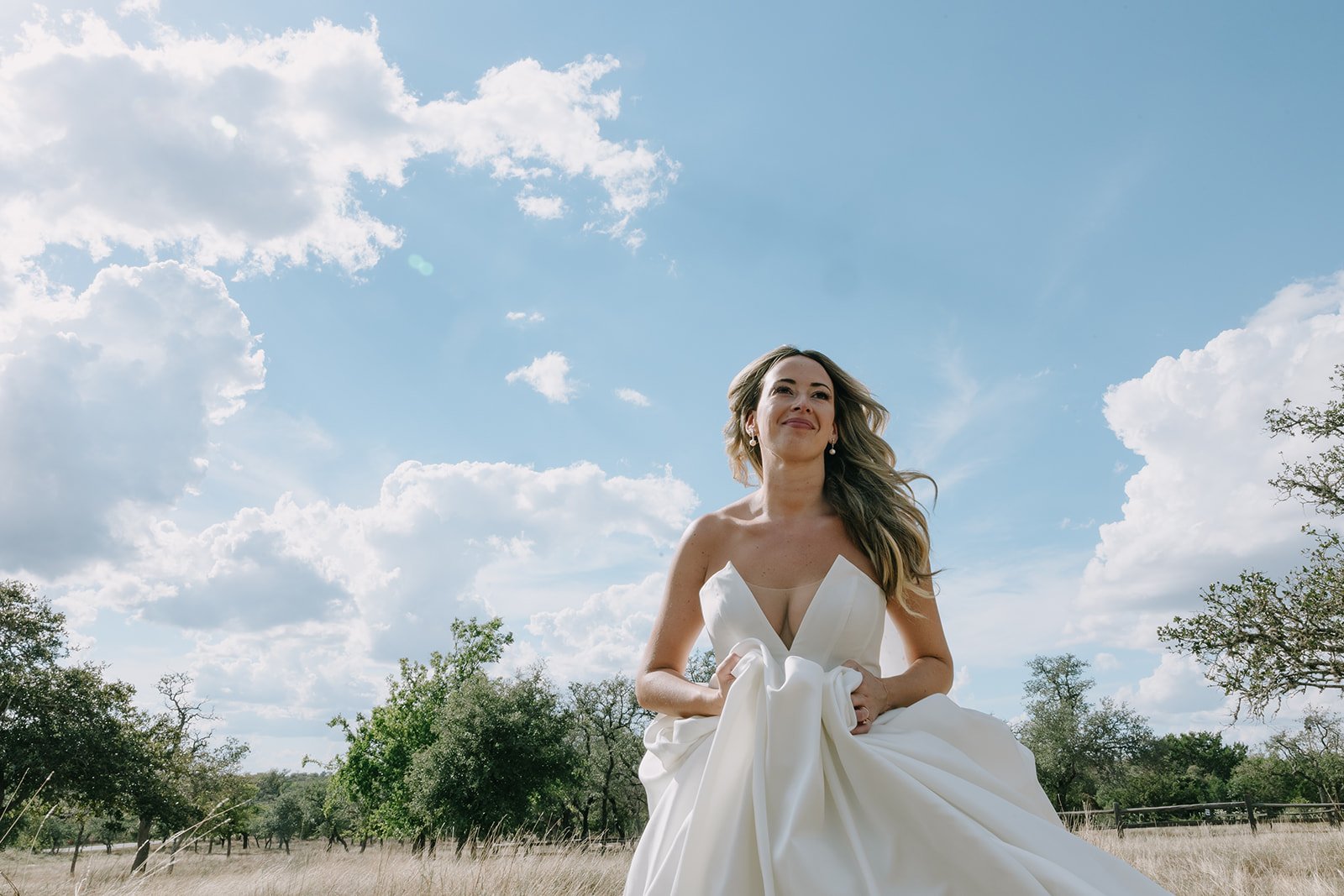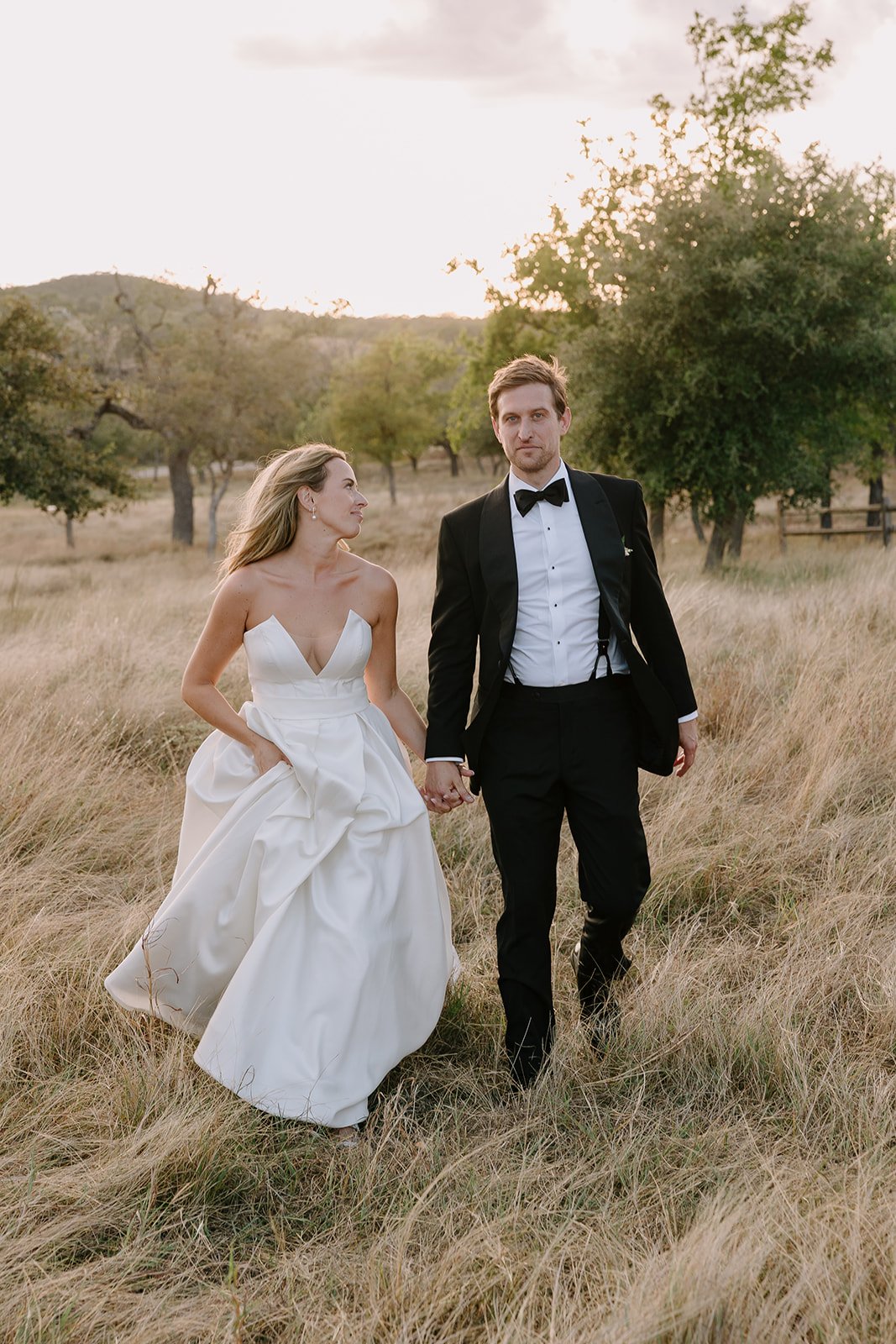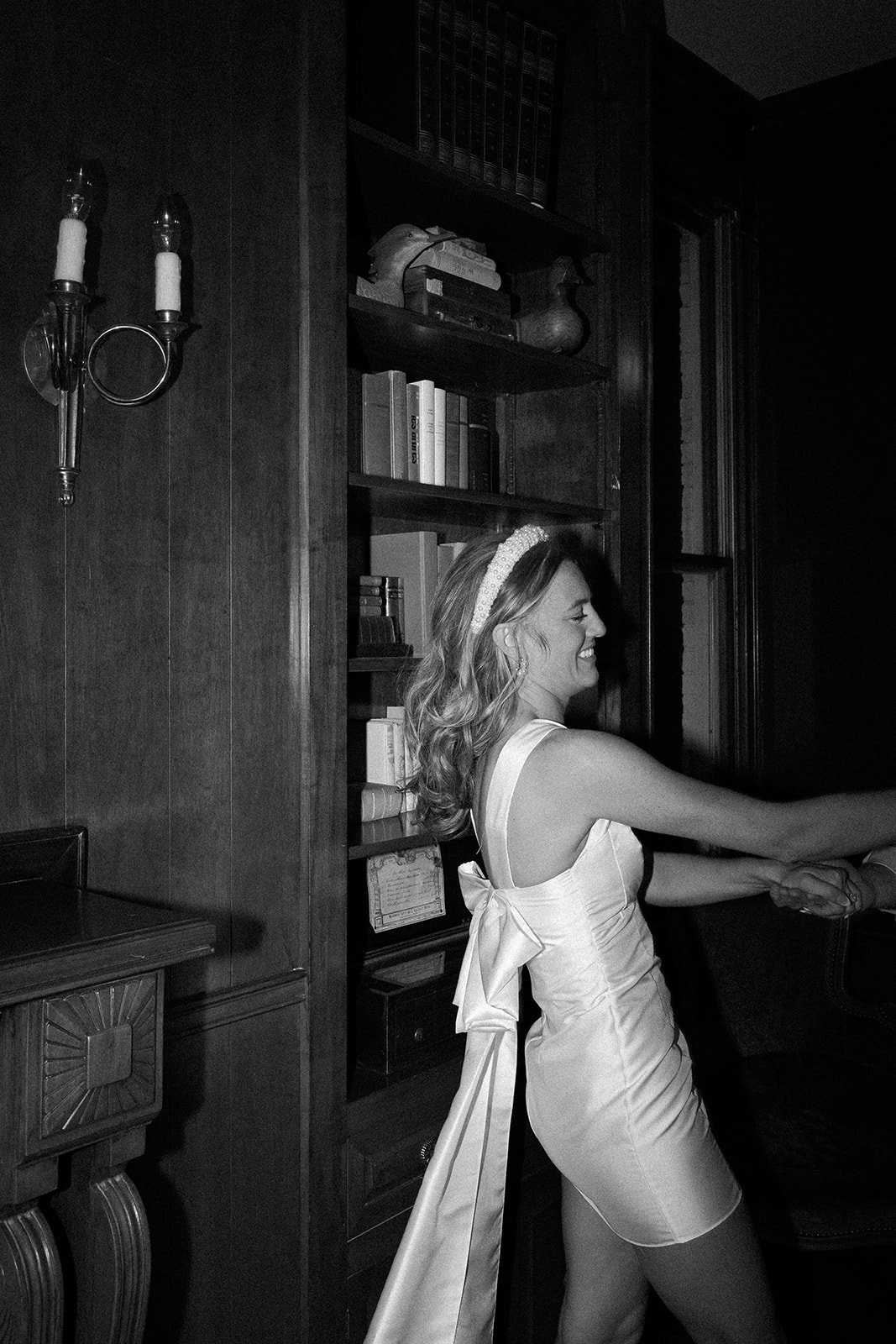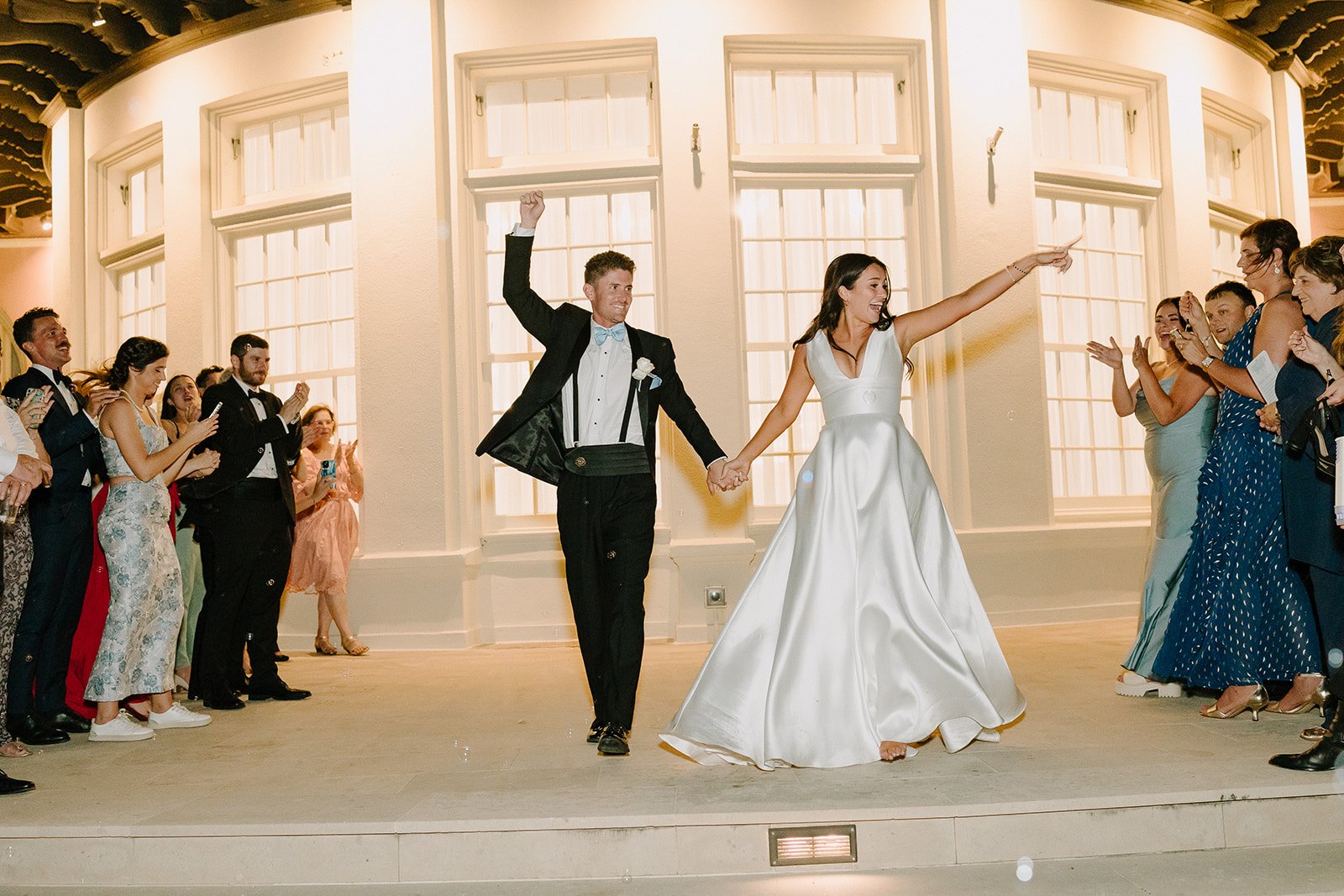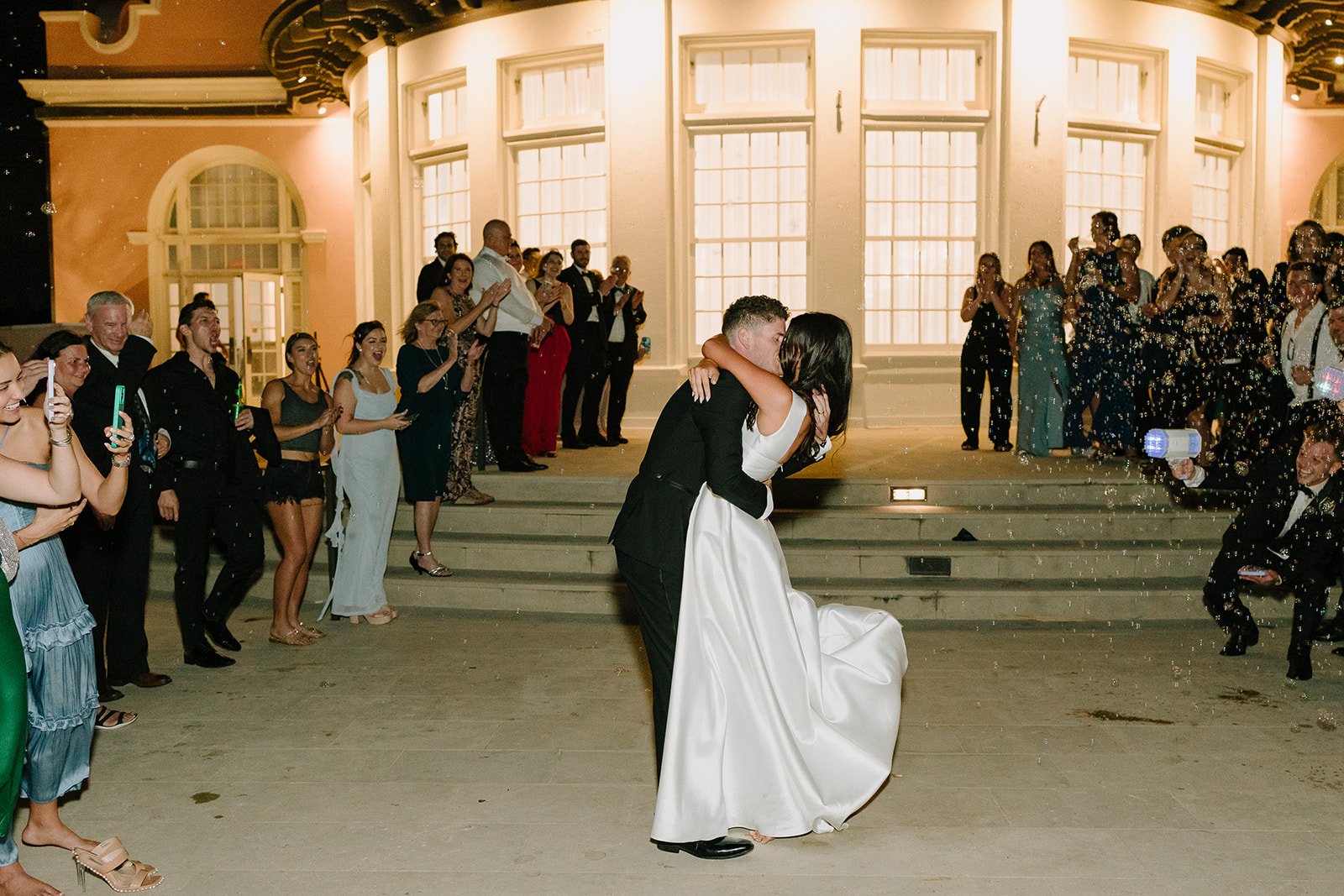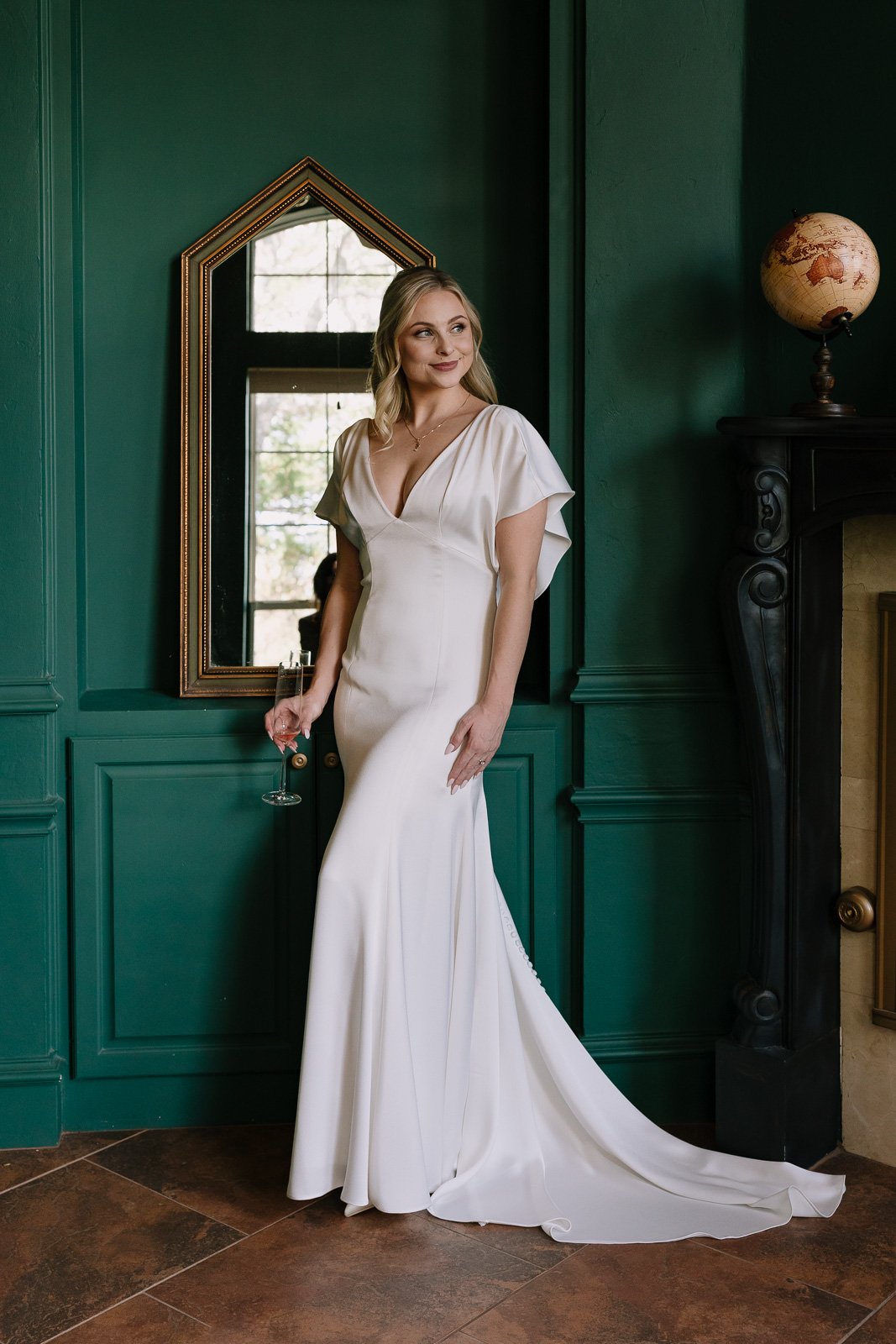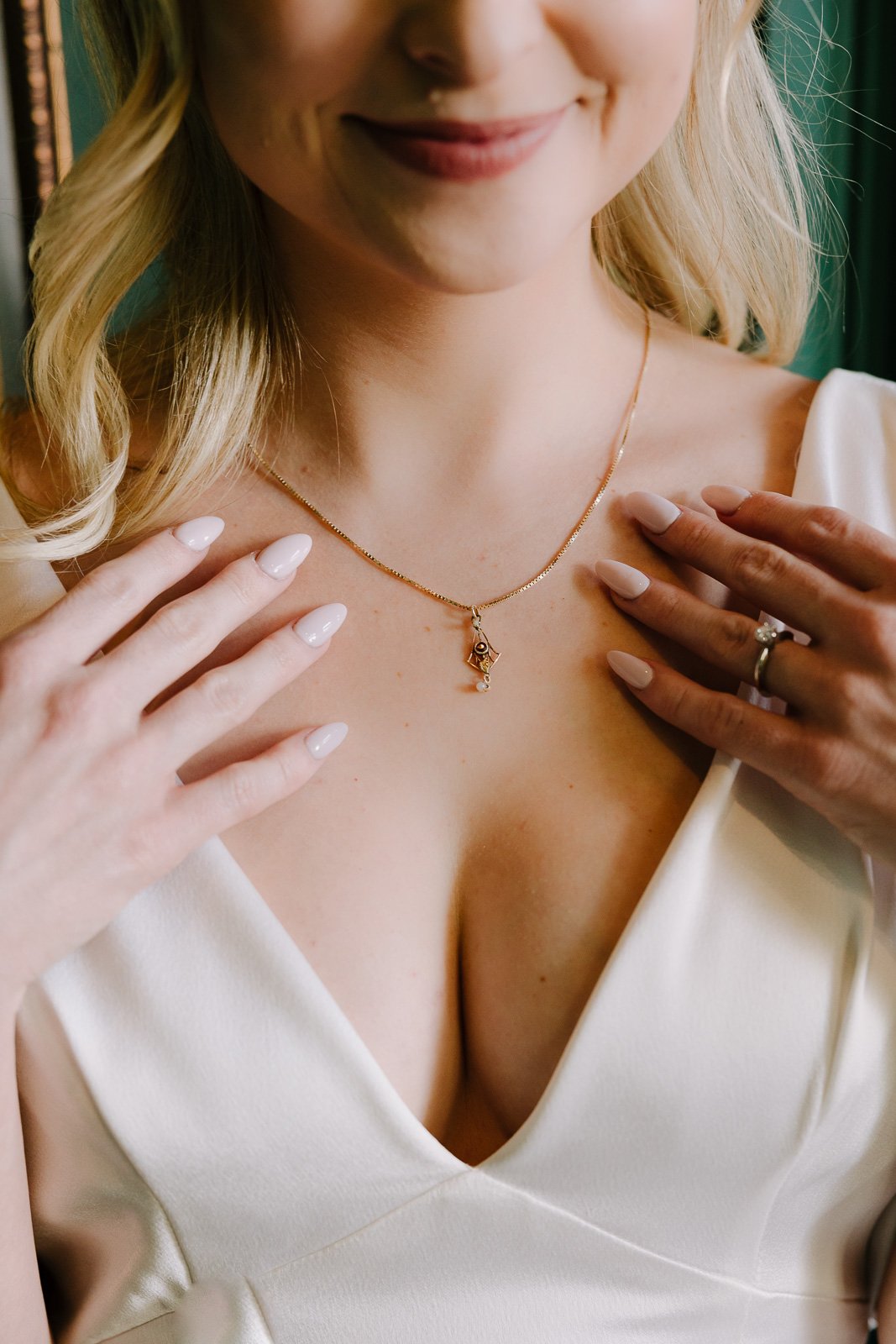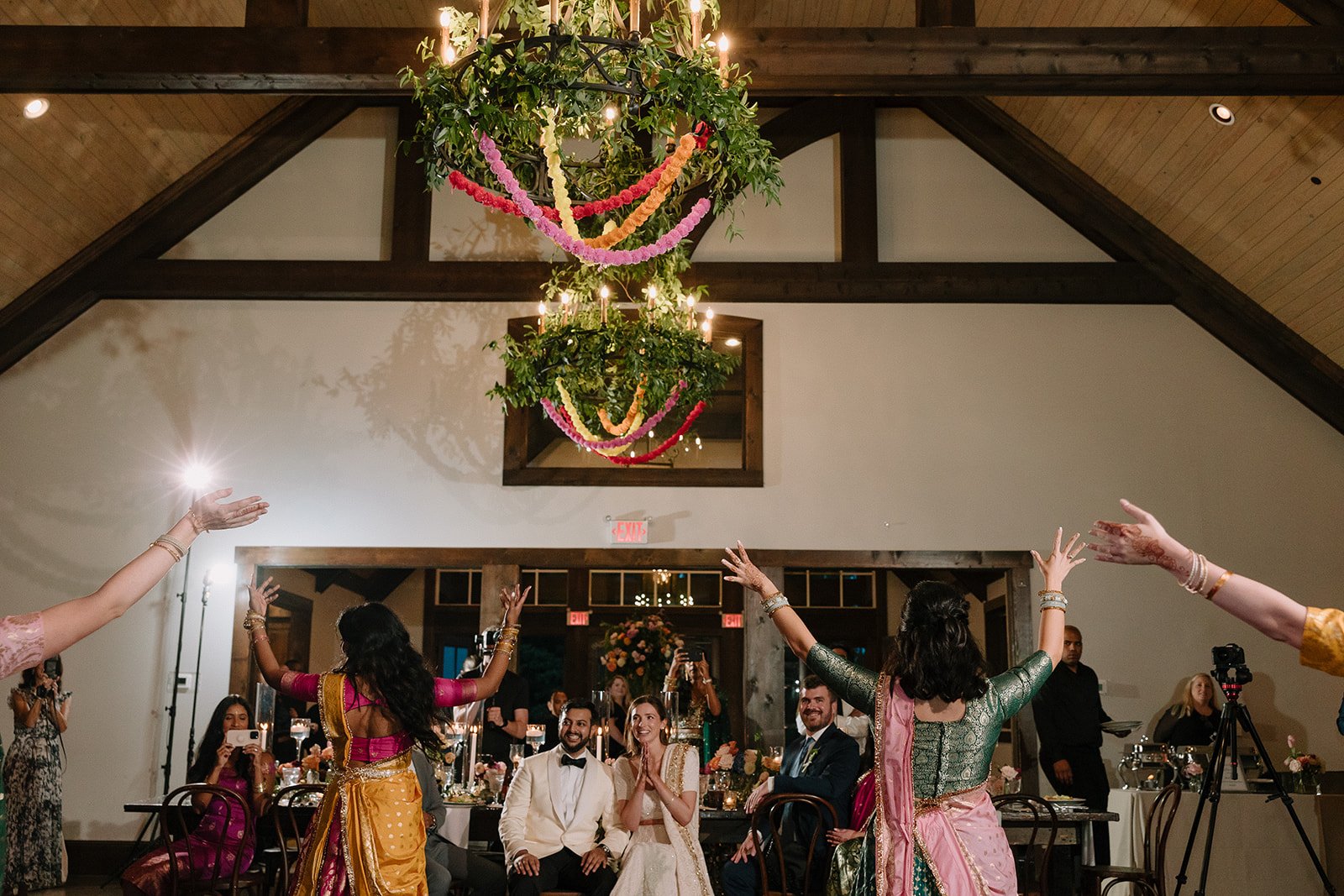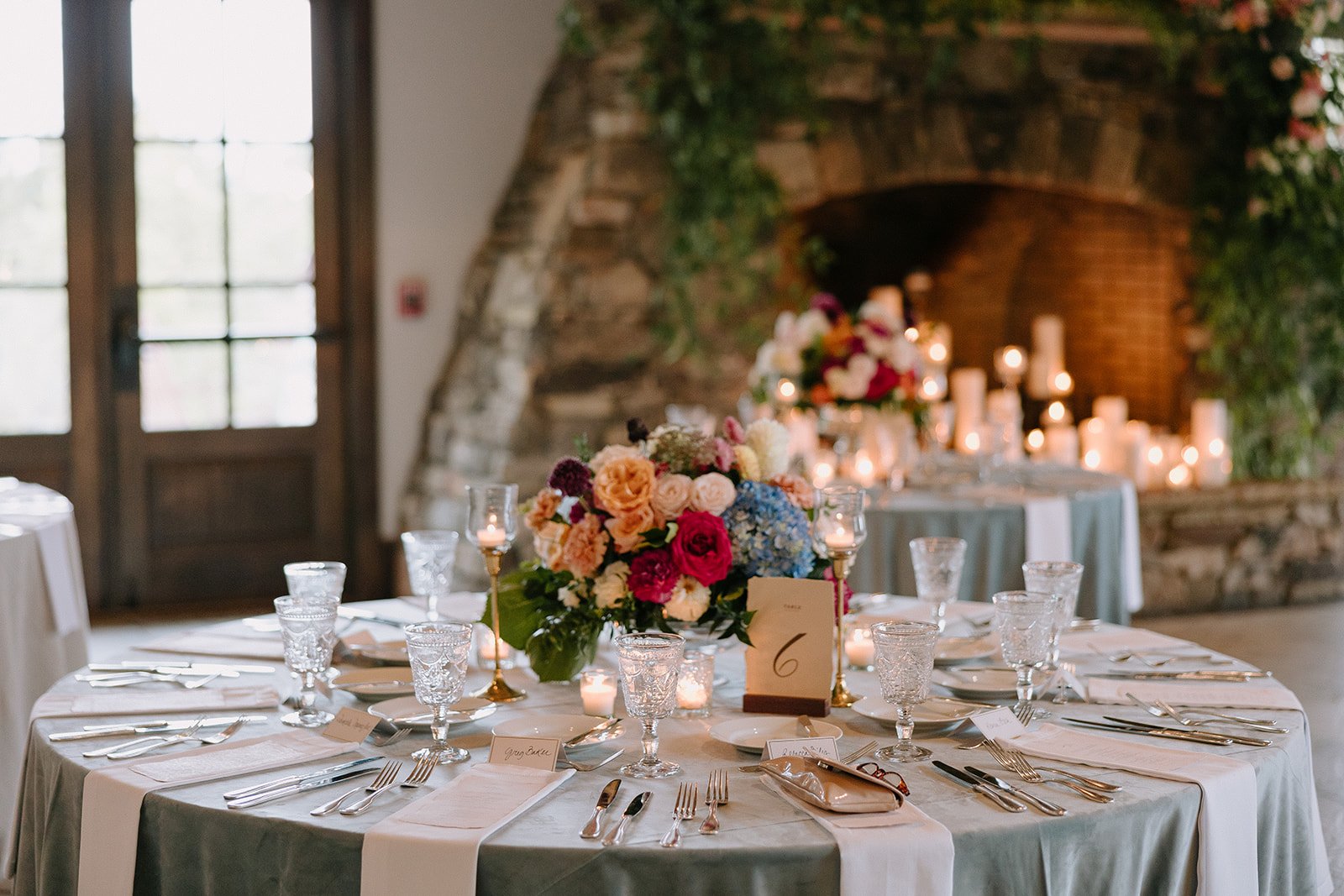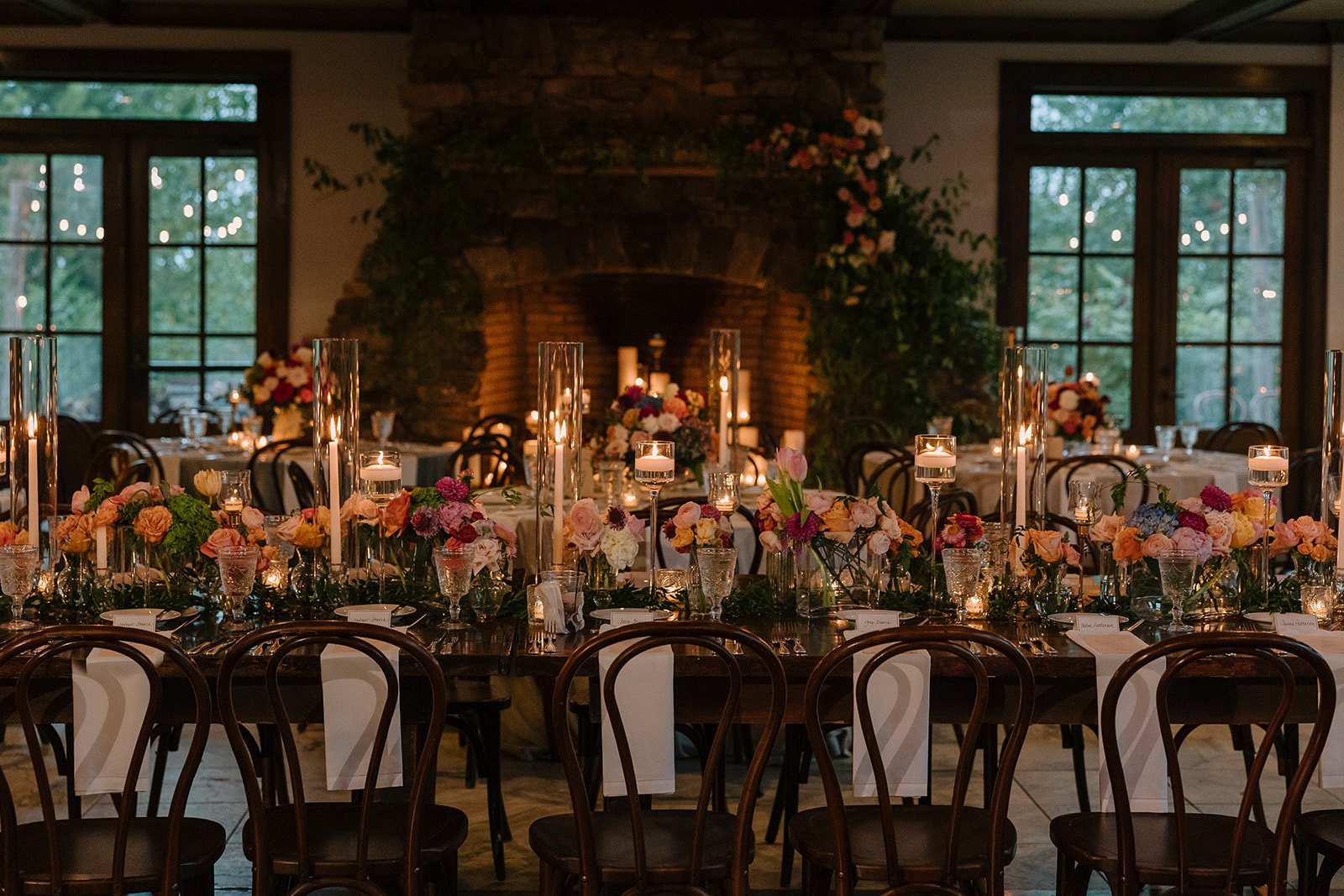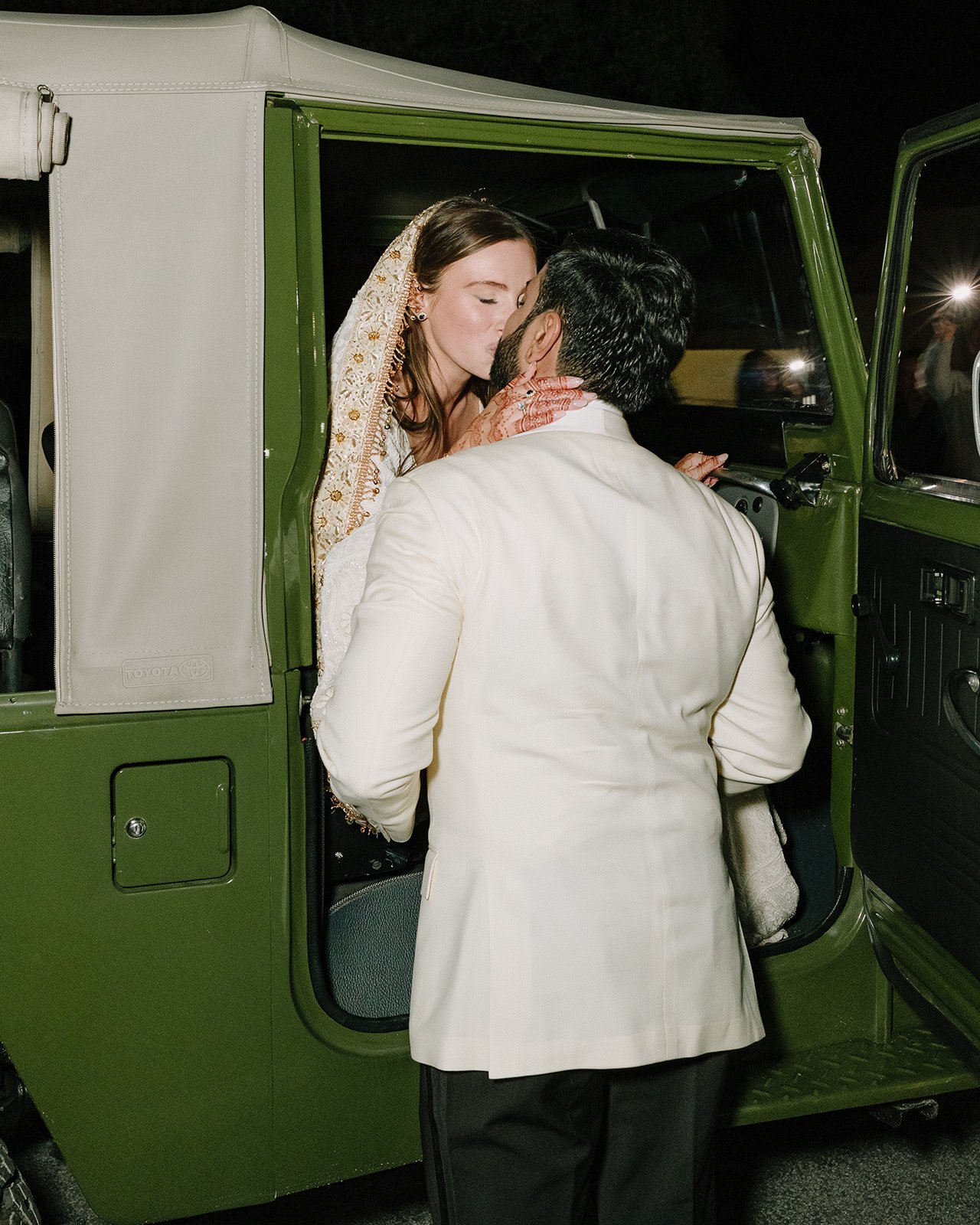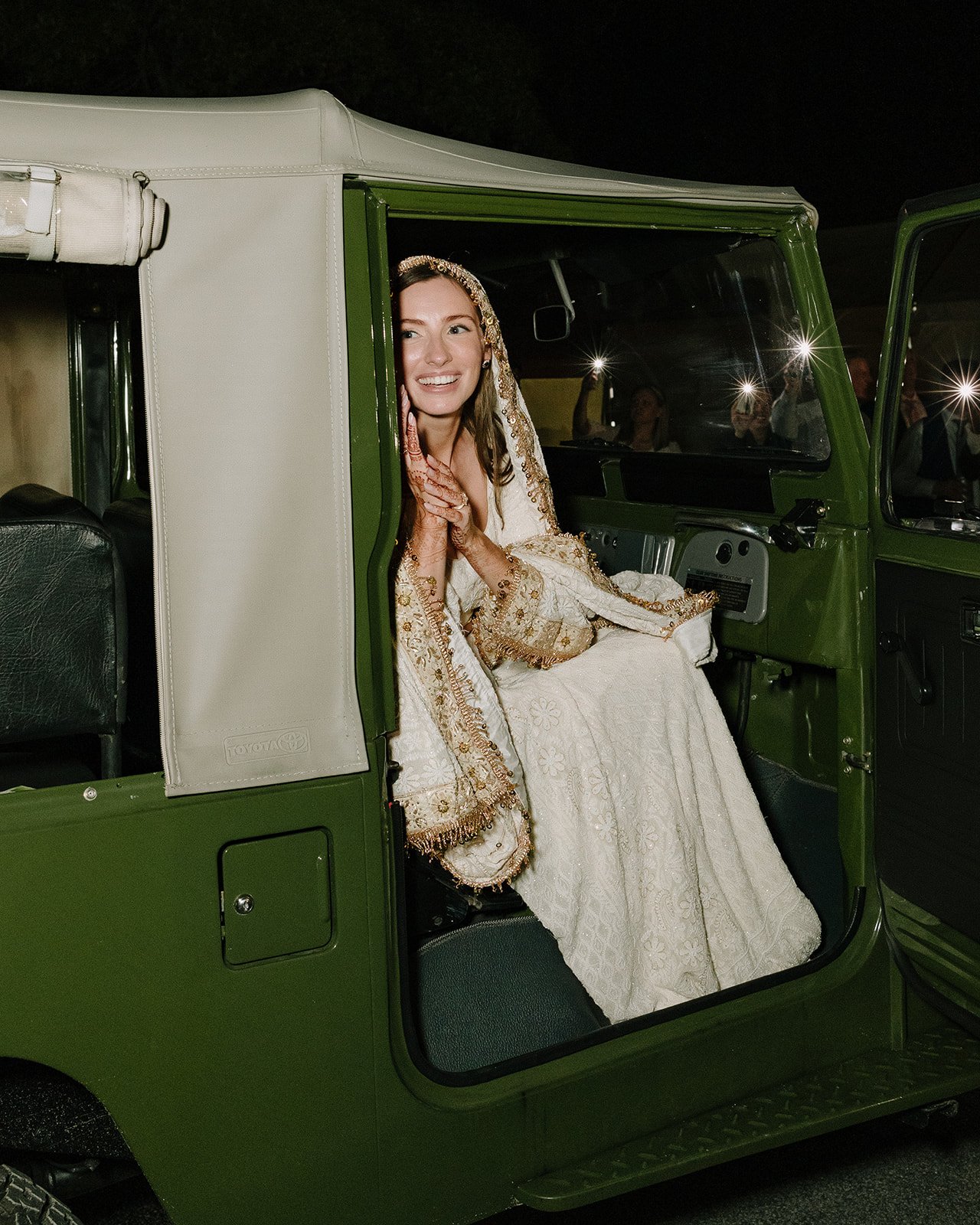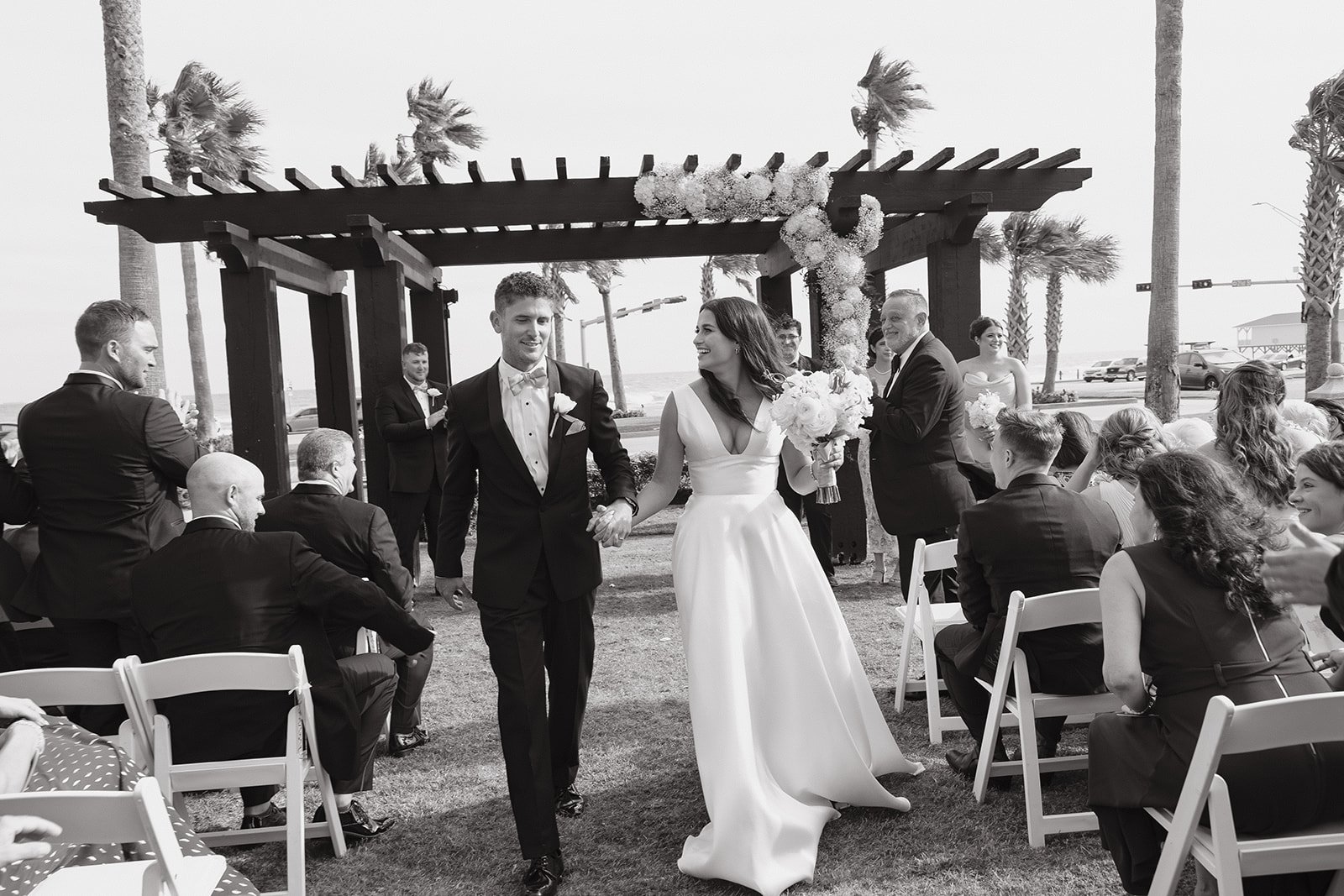7 Reasons Why Wedding Photography Lighting Matters
Natalie Nicole Photo | 7 Reasons Why Wedding Photography Lighting Matters | Texas Based Destination Wedding Photographer
Wondering why wedding photography lighting is so important? Wedding photography lighting techniques are crucial for capturing the essence and beauty of the special day. In this blog we’re going to break down 7 reasons on why lighting in wedding photography matters and the importance of working with a photographer who understands and can adapt to different lighting situations when capturing your wedding day. Whether it’s a perfectly naturally lit outdoor ceremony or a dark and moody indoor wedding reception, it’s important to understand lighting techniques so that your entire wedding album looks cohesive and exactly how you picture it to be.
1. Quality of Photos | Wedding Photography Lighting & Why it Matters
Good lighting can dramatically improve the quality of photos. It helps in capturing sharp, clear, and well-balanced images. Poor lighting, on the other hand, can lead to underexposed or overexposed photos and can obscure important details.
2. Mood and Atmosphere
Lighting sets the mood of the photographs. Warm lighting can create a romantic, soft ambiance, while cool lighting can give a more formal and sophisticated feel. The right lighting can enhance the emotional impact of the images.
3. Highlighting Subjects and Details | Wedding Photography Lighting & Why it Matters
Proper lighting techniques help in highlighting the subjects, like the bride and groom, and the intricate details of their attire, the venue, and the décor. It brings out textures and colors, making photos more vivid and appealing. This can also help to emphasize the emotions or expressions of the subjects which helps to truly capture that moment in time.
4. Controlling Shadows and Highlights
Good lighting helps in controlling shadows and highlights. This is important in wedding photography to avoid unflattering shadows on faces or losing detail in bright wedding dresses. When you have good lighting, you’re able to bring out the best in your subjects, like the bride and groom.
5. Adaptability to Different Environments | Wedding Photography Lighting & Why it Matters
Weddings happen in various locations and at different times of the day. Knowledge of lighting techniques allows a photographer to adapt to these changes, ensuring consistent quality in all settings, whether it's a sunny outdoor ceremony or a dimly lit indoor reception. When you’re on the hunt for your wedding photographer, it’s important to ensure that the wedding photographer is knowledgeable in how to shoot and adapt to various lighting situations.
6. Creative Expression
Lighting is a tool for creative expression. Photographers can use it to create a particular style or effect, like a dramatic silhouette or a soft, dreamy glow. This adds uniqueness to the wedding album.
7. Capturing the Feel of the Venue | Wedding Photography Lighting & Why it Matters
Lighting helps in capturing the feel of the venue, whether it's the grandeur of a large hall or the intimacy of a backyard wedding. It's essential for telling the story of the day and preserving the ambiance of the venue.
Wedding Photography Lighting Techniques are Essential Tools for Photographers to Create Stunning and Memorable Images. Here Are Some Key Techniques:
-
Utilizing natural light is a fundamental technique. It's often preferred for its softness and ability to render colors accurately. Photographers need to understand how to work with different natural light conditions, such as harsh midday sun or overcast skies.
-
Shooting during the golden hour, the period just after sunrise or before sunset, provides a warm, soft light that's ideal for romantic wedding photos.
-
When natural light isn't enough, a fill flash can be used to eliminate harsh shadows and balance the lighting on the subject. It's especially useful for outdoor weddings.
-
Instead of directing the flash straight at the subject, bouncing it off a ceiling or wall can create a more natural and flattering light. This technique is often used in indoor settings.
-
Using diffusers with artificial lighting sources softens the light, reducing harsh shadows and creating a more flattering light for portraits.
-
Backlighting can create a dramatic effect, highlighting the edges of the subject and separating them from the background. It's often used for artistic shots and silhouettes
-
Reflectors are used to redirect natural or artificial light to fill in shadows on the subject. They're particularly useful in outdoor photography under bright sunlight.
-
Continuous lights, unlike flashes, stay on continuously. This allows the photographer to see the lighting effect in real-time, which can be helpful in adjusting the positions and angles.
-
Using off-camera flashes gives more control over the direction and quality of light. This technique can create dynamic and interesting lighting setups.
-
In low light conditions, such as during evening receptions, increasing the ISO setting allows the camera to capture more light. However, this can introduce grain or noise into the images.
-
This technique involves metering a small area of the scene (usually the subject's face) to ensure proper exposure in that particular spot, which is especially useful in backlit or high-contrast situations.
-
Playing with shadows can create mood and add depth to the images, giving a more dramatic effect to the wedding photos
Each of these techniques can be used in different combinations depending on the lighting conditions, the style of the wedding, and the photographer's creative vision. Mastery of these techniques allows a wedding photographer to capture beautifully lit photographs in any situation.
The Importance of Lighting in Wedding Photography Can’t Be Understated.
My hope is that after seeing these 7 reasons on why lighting in wedding photography matters, you’ll consider this when on the hunt for your wedding photographer. When it comes to your wedding day photos, you invest so much and you deserve photos that beautifully capture your day in the best way possible no matter what the lighting situation was. That is why hiring a wedding photographer with the knowledge and adaptability to shoot in any lighting is incredibly important. On the hunt for a wedding photographer who knows how to work in any kind of lighting? Let’s get to know each other. You can learn more about me here. If you think we’d make a great team, then inquire with me here and let me get to know a little bit more about you! Until then, follow me over on Instagram and let’s stay connected.

